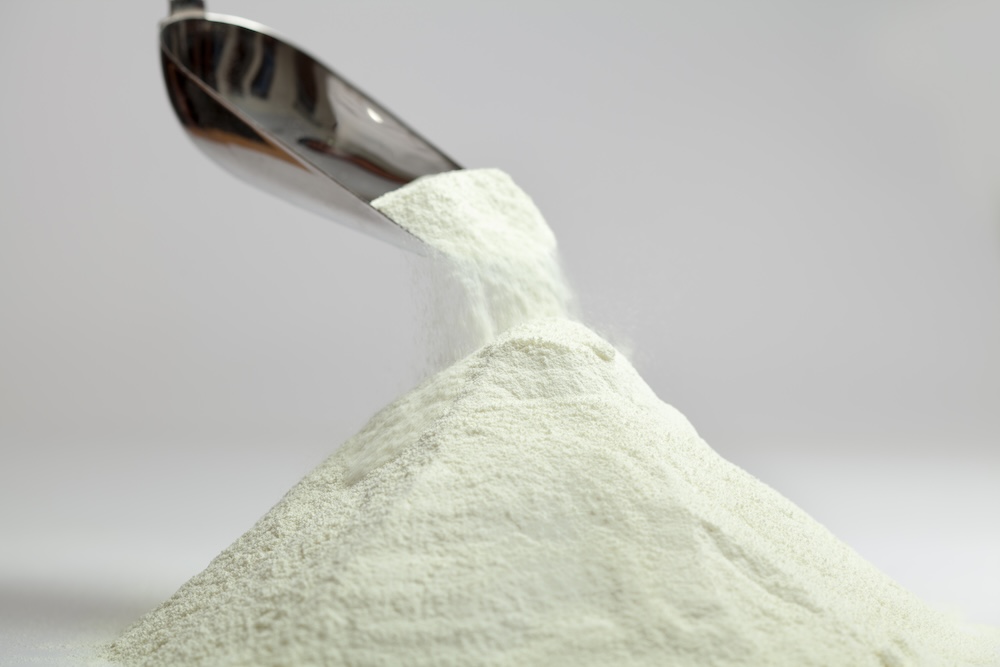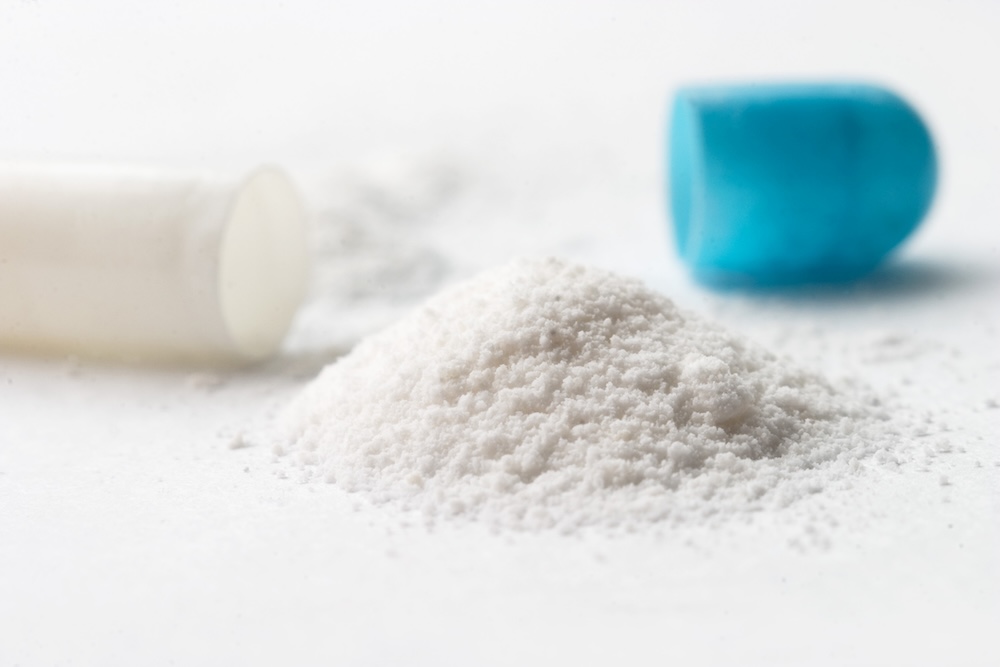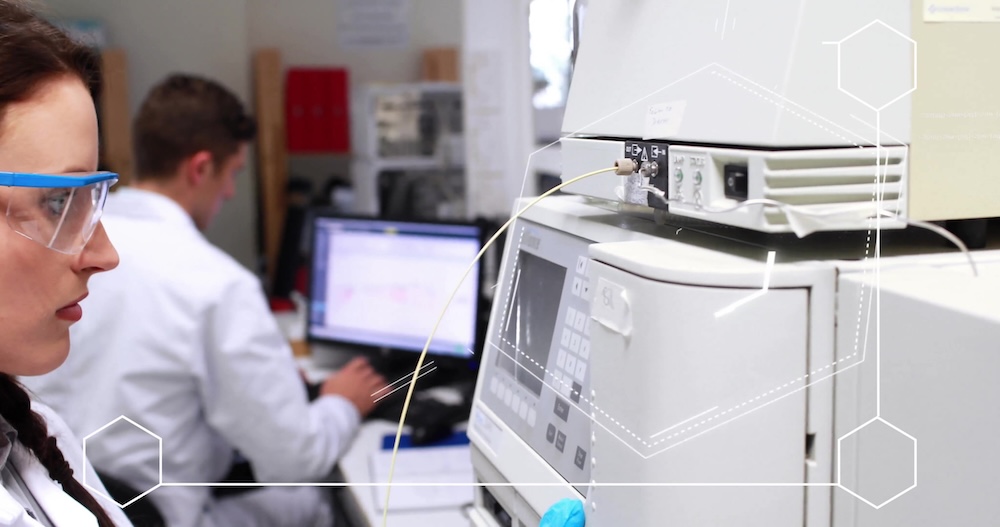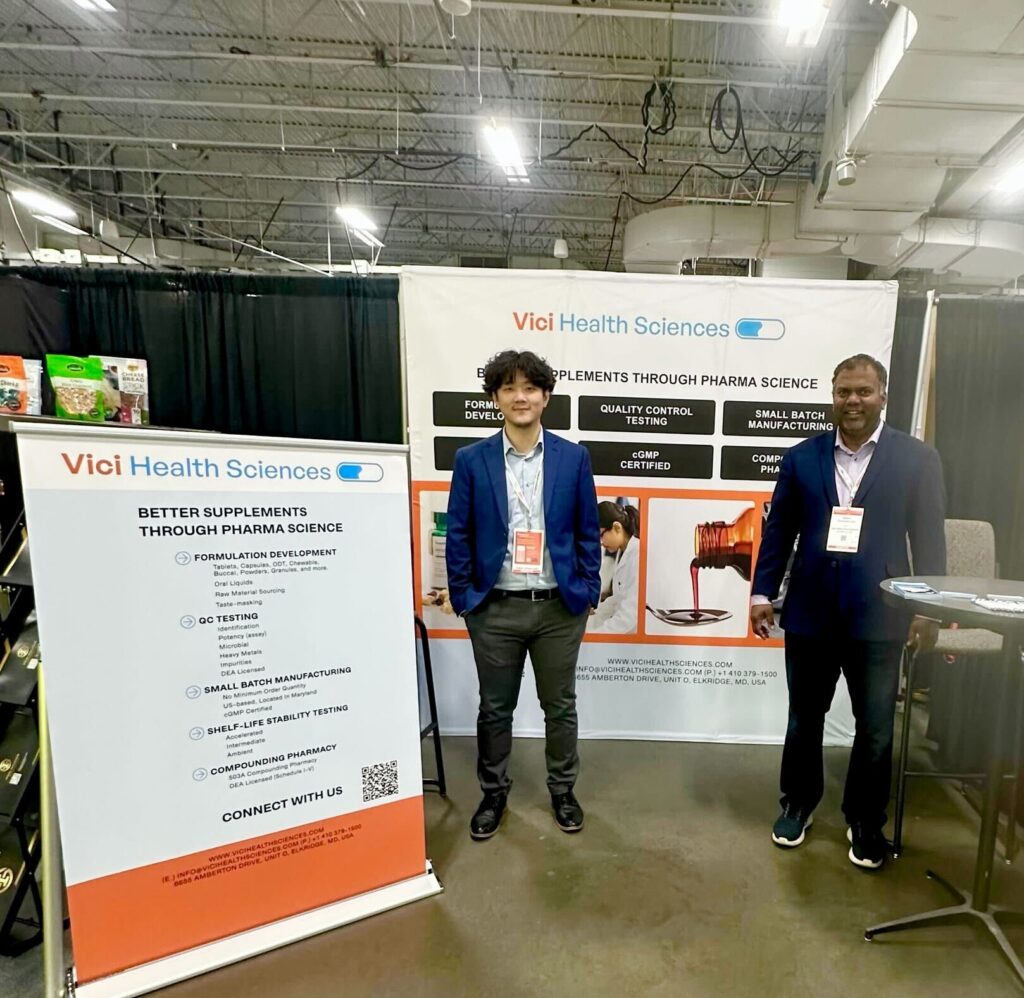Poor bioavailability is a common problem for a majority of new drugs in the pipeline of pharmaceutical companies. This can be due to a variety of reasons including poor solubility, permeability, susceptibility to low pH environment, enzymatic degradation or hepatic first pass metabolism. An estimated 70-80 % of pipeline drugs under development fall under BCS II and IV representing poorly soluble compounds. Traditional approaches to overcome such bioavailability issues such as through parenteral route of administration have limitations such as increased cost, poor patient compliance, and require skilled healthcare professional for administration.
In part 3 of this three-part series, we will discuss the application of Buccal Delivery for enhancing drug bioavailability.
Bioavailability Enhancement through Buccal Delivery
Buccal delivery offers a convenient means to improve the bioavailability of many such drugs. There are several unique physiological features of buccal cavity that enable rapid drug absorption and improved systemic bioavailability. These include
- Good vasculature.
- Relatively thinner mucosa compared to other dermal sites.
- Bypass of hepatic first pass metabolism.
- Mild salivary environment with near neutral pH and limited enzymatic activity.
In comparison to the dermal route, the permeability of the buccal mucosa can be few orders of magnitude greater. In addition to improving the bioavailability, this route offers numerous other advantages such as rapid onset of action, improved drug stability, ease of administration, a convenient way to end the therapy and improved patient compliance. These factors result make the buccal route suitable for both small molecules a well as macromolecules such as peptides and proteins.
Permeability through the buccal epithelium is the main rate limiting factor for drug absorption through this route. Bioavailability of buccal formulations can be further enhanced by several formulation design approaches
- Changing the physicochemical properties of the drug such as through proper selection of polymorphic or salt form.
- Increasing the dissolution rate through a variety of formulation designs such as orally disintegrating tablets, amorphous solid dispersions, fast dissolving films or wafers.
- Increasing the extent of drug absorption by increasing the residence time in the buccal cavity through use of mucoadhesive polymers and films.
- Using permeability enhancer to increasing drug absorption.
- Co-administration with enzyme inhibitors can further improve buccal absorption.
Buccal delivery products can be formulated in several dosage forms designs. These include
- Solids – Tablet, powder, troche, lozenge, hydrogel, film, patch.
- Liquid and Semi-Solids – Solution, suspension, gel, ointment, emulsion, cream.
- Others – Chewing gum, spray.
Characterization of Buccal Dosage Forms
Analytical testing requirements for buccal dosage forms are similar to those for similar dosage forms for oral or other routes of administration. Besides common tests such as assay and impurities, specific tests can be performed to evaluate properties related to bioavailability enhancement such as muco-adhesivity, swelling index and in-vitro permeability studies commonly performed using Franz diffusion cell with porcine buccal mucosa as model barrier. Modified in-vitro dissolution methods to more closely simulate the conditions in the buccal cavity such as use of artificial saliva and smaller quantities of media have been employed to guide product development.
Vici Health Sciences – Capabilities and Services
A good CDMO partner can identify suitability of a drug for buccal administration and help accelerate the development program. Vici has extensive experience in development of buccal dosage forms specifically designed to provide improved systemic bioavailability, rapid onset of action, and enhanced GI stability. We pride in providing state of the art services in the areas of buccal formulation development, analytical, characterization and regulatory.





